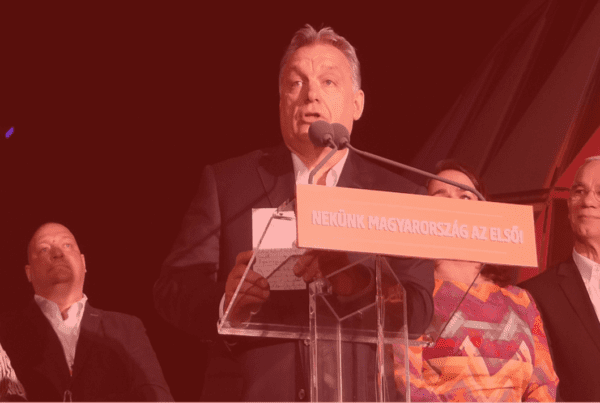Photo: “Proud Boy with Confederates in Pittsboro (2019 Oct)“, by Anthony Crider licensed under CC BY 2.0. Hue modified from the original
Fahey, James J. “Building Populist Discourse: An Analysis of Populist Communication in American Presidential Elections, 1896-2016.” Social Science Quarterly 102, no. 4 (July 2021): 1268–1288.
Abstract
This article examined the history of the use of populist frames in American presidential campaign discourse in order to answer a set of interrelated questions about how populist discourse is constructed and employed. Using a novel database of presidential campaign speeches (n = 189) from 63 major candidates from 1896 to 2016, I coded these speeches for presence or absence of a set of 11 populist frames. Mokken scale analysis was conducted to determine if populist discourse is “built” in a logical way by political candidates. Regression analysis was conducted to measure if outsider candidates were more likely to employ populist framing. Eight of the 11 frames comprise a stable Mokken scale that measures populist discourse. Results show that anti-bureaucratic and nativist frames do not load onto the same factor as other populist frames, suggesting that they may be measuring a separate concept. Candidates are more likely to use generic, less threatening aspects of the populist frame than they are to use illiberal, “risky” frames. Less experienced and third-party candidates are also more likely to use populist discourse. Populism is a flexible but coherent set of discursive frames present across modern campaign history. Populist framings are most commonly utilized by outsider candidates.







